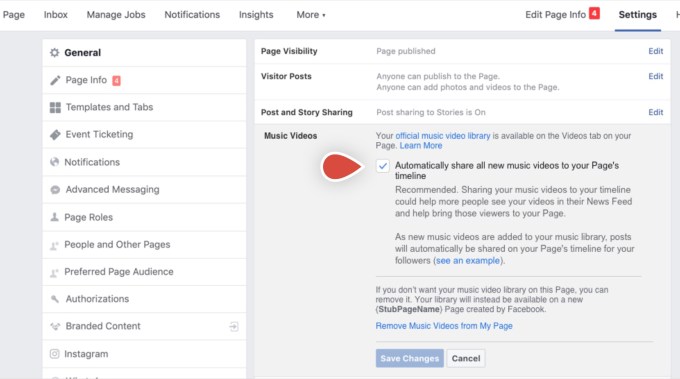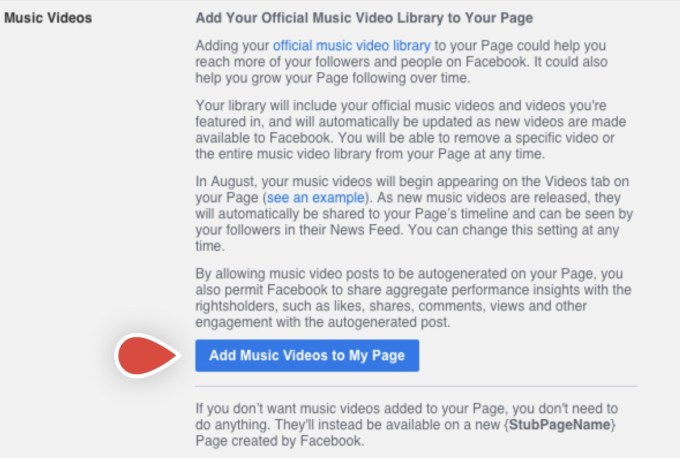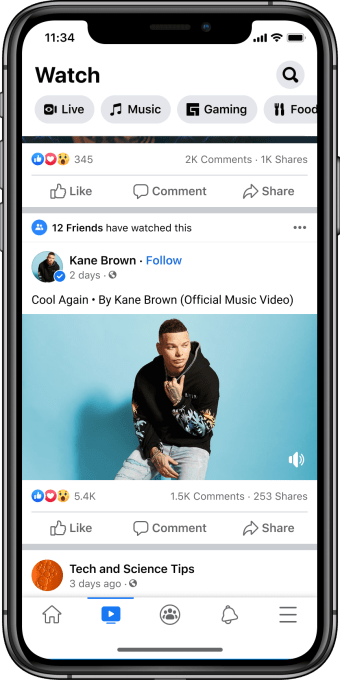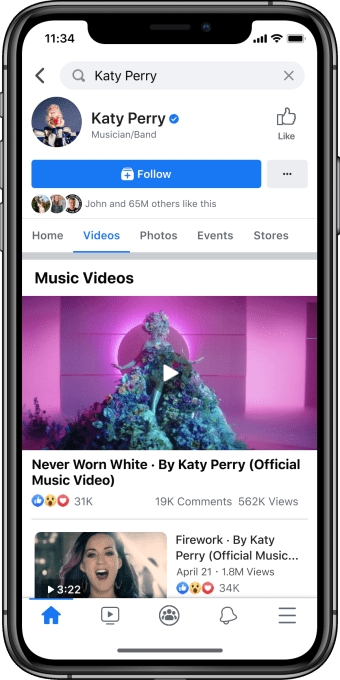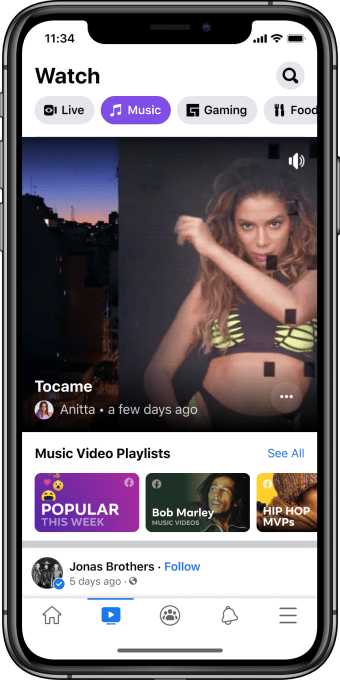Dan is a Partner at
True Search where he leads the firm's Investment Professional practice, having worked with many top VC & PE firms in their senior hiring efforts.
More posts by this contributor
Like many industries with a high concentration of wealth — and the careers that help professionals accumulate it — investment firms have a severe dearth of diversity in their ranks.
Regardless of whether the focus is venture capital, private equity or any other investment asset class, the firms are replete with white men. Though there have been some modest efforts of late to push for diversity, particularly in VC, these have yielded single digit percentage changes at best — and nothing at worst. Only 9% of investment decision makers in VC today are women; just 2% are Black.
Some firms have made reasonable inroads on this problem with good intentions. Based on my search experience recruiting investment professionals, I would guess that at least half of those searches were for clients with a strong preference to hire a “diverse” candidate. The Black Lives Matter movement has recently advanced the dialogue even further and has shined a light on underrepresentation in VC more than ever. “How do we increase our pipeline of diverse candidates?” is a question I heard frequently before 2020, but in past weeks this has become a chorus. Unfortunately, if solving this problem were as easy as telling a recruiter you want more diversity, it might have been solved long ago.
Below are a few common pitfalls we see in our searches with VC firms in particular, as well as some thoughts on how firms can improve their hiring processes, in order to work toward having more diverse representation within their investing teams.
Job description: Great comes in many forms
The most common reason I see for hiring processes leading to a slate with primarily white male candidates is because the criteria my client views as required almost completely precludes the possibility that the candidate slate will be diverse.
Taken as a given that women and minority men are not well-represented at senior levels in VC, any job spec that asks for a candidate to have seven to 10 years of experience in the industry, or a large number of board seats or investments led, will mean that the pool of “qualified” candidates will consist of mostly white men. This has historically been referred to as the “pipeline problem” and it’s an increasingly well-studied concept that academic literature is beginning to point to as a bias that pushes the onus of hiring minorities away from the hiring manager and on to the candidate pool. Even for firms that remain committed to hiring underrepresented groups without making adjustments to their criteria, the result is a zero-sum game where proven minority investors rotate from firm to firm, and an outcome that does not increase diversity in the industry as a whole.
VC firms seeking to improve their diversity have to recognize that great comes in many forms. By crafting broader specs and really thinking about the qualifications for their investing roles, a whole new talent pool opens up. To see that new pool of talent though, firms must first determine what characteristics are relevant to the role, and avoid tenure (or other tenure stand-ins) as the main criteria. VC investing is as much an art as a science; firms should decide what personal traits make somebody strong in their organization and why. How would a different viewpoint be additive to sourcing or diligence discussions?
Firms then need to commit to interviewing for those traits and perspectives, and assessing candidates along those same lines. One VC firm I worked with interviewed dozens of candidates before they realized that their process focused too much on financial acumen and not enough on the other factors they felt would make somebody a strong venture capitalist, resulting in a final slate of safe, “qualified,” and mostly nonminority candidates.
We reworked our process, and theirs, to interview for different criteria moving forward. We asked about overcoming hardships and about risks taken, and we got a sense for what type of impact that person made in whatever organization they came from rather than just asking about deals and transactions. It should be no surprise that the candidates with noninvesting backgrounds are performing much better in the process now, and the value they’d add to the organization more clear, even though the interviewers and the roles are the same.
Affinity bias: Go beyond what’s familiar
A broad spec and a team committed to hiring diverse talent, and interviewing appropriately, are great starting points. But then there is much more to do. Affinity bias is a well-known phenomenon that many investors are likely aware of, but it is pernicious in hiring settings and can be a serious challenge to overcome. Affinity bias in hiring is when a person or group of people prefer a candidate who looks, talks, acts or has a similar background to them.
In the case of hiring candidates with diverse backgrounds, affinity bias may be the tallest hurdle. In VC, the job is in many ways to seek common ground with the people you talk to. Good VCs are relationship builders — with entrepreneurs, other VCs and strong executives they want to recruit into their portfolio companies. But most investors are white people from affluent communities who attended elite universities and have worked at top-tier banks or consulting firms. In some cases there may have been a stint at another top-tier institution, be it a technology company or another investment firm.
White men are more likely to have these backgrounds. In a hiring process, white male VCs will naturally find ways to connect with candidates with similar backgrounds (i.e., other white men), in contrast to candidates with none of those same experiences, even when the candidates with other backgrounds are equally qualified for the role.
Affinity bias can be very subtle. It is human nature to feel the conversation was easier with somebody who in many ways has led the same life you did. It can feel somewhat logical even: The critique of the nonwhite or nonmale candidate is never as obvious as “They didn’t go to Stanford” or “They don’t belong to my country club.” Rather, it is often expressed as something softer and subjective — a seldom-articulated criteria of cultural fit. “Our culture is different from the place they work” is the most common. “I’m not sure they have the drive” is another, or “They don’t have an X-factor.” Now, these critiques can be completely legitimate.
A candidate may indeed be a bad fit for the culture of the firm because, for example, their prior employer was a gigantic corporate machine reliant on extraneous processes and they are interviewing for a role at a small entrepreneurial organization. But sometimes, particularly when interviewing candidates from different backgrounds, culture fit is a mask for affinity bias, and VCs (like all interviewers) need to be conscious of this tendency.
Look in the right networks
Investment firms almost always try to make a hire through their own network before leading a full search, and even before posting a job as being open anywhere online. This has become such an ingrained behavior that it is often discussed as a best practice. Unfortunately, “hiring through our network” almost certainly means the slate of candidates that a firm considers at the outset is going to be heavily nondiverse. Unless a firm (or to broaden this guidance, an organization) is already diverse across multiple vectors, then beginning a search by canvasing the firm’s own network is highly unlikely to yield a “diverse” candidate. This seems innocuous but it can actually be harmful to the odds that the firm ever hires a candidate from an underrepresented group. Why? There is another bias at work, the status quo bias.
Studies have shown that people tend to make choices that favor the status quo. Creating a balanced slate of choices is critical to avoid disfavoring minority candidates inadvertently. One study showed that having multiple women or Black candidates on a finalist slate increased the odds that the selected would be a minority by 70x-100x. But if a group of interviewers meets five white men through their networks before they meet anybody else, it is going to take an disproportionate number of underrepresented minority candidates to overcome the group’s bias toward hiring the “status quo” of the white men they met at the outset of the search.
At True Search, we recently audited one of our own searches to look for candidate-selected markers of their identity. We compared our pool of candidates to the NVCA diversity data from 2018. Compared to the industry averages, our pool of candidates was half as white and twice as female as the industry at large. I am not sharing that data as an advertisement for True Search, and in fact we strive to do more and are working on multiple programs to increase our networks with diverse candidate pools. The point is, when a VC firm uses a search firm or any outside consultant for a search, the pool of candidates is going to be much more diverse than if that VC firm simply calls up the people in their network, who probably are not all that diverse.
Focus on inclusion
A commitment to hiring more talent with underrepresented backgrounds is great; actually doing it is even better. Many studies have shown that diversity improves the performance of a team, but the onus is on the organization to foster an environment where those viewpoints are appreciated. In my discussions with VCs who are minorities, they point out that once they are in the door of the firm they still face challenges that white male colleagues don’t.
They are less likely to have mentors who share their backgrounds, and investing is largely an apprenticeship business. If they did not come from Stanford or Harvard, they are less likely to see deals that come through the sorts of personal networks that the firm is likely accustomed to seeing. If they came from a noninvesting background, they may be taken less seriously when presenting investment ideas to the team of career investors. A firm has to support diversity of thought once it is in the door, or the contributions of those team members may be unappreciated.
Firms can do many things to foster strong talent from diverse backgrounds once they are in the organization. Minority investors have shared some great ideas with me as I was thinking through this article, so these suggestions aren’t just my own. Underrepresented groups have historically (in the short history of such groups having any significant representation in the investing world) formed mentorship networks that transcend the walls of a given firm, such as Latinx VC, BLCK VC and All Raise.
VC firms should build as much connectivity with those sort of networks as possible. This will not only increase the odds that a firm will see more candidates from underrepresented groups, but it will also mean that the firm can play a role in finding strong mentors for their diverse talent throughout their career. Those networks can be built through small individual actions like attending and sponsoring events, or sharing job postings in the firm and portfolio with those networks.
VC firms can also help to jump-start a hire’s network in venture. Imagine a scenario where a firm hires a noninvestor with a unique yet amazing background into an investing role. Their peers all went to Stanford or worked at Facebook and are sourcing their deals through those personal networks. VC firms can use their resources to help close that network gap, such as by setting aside small pools of capital for a seed fund to be deployed by new investors with diverse backgrounds, thereby giving them a boost in early network building. I’ve seen firms deploy this strategy as a way to keep tabs on high potential operators, or on partner-level candidates they want to get to know more before they commit to hiring full-time.
Firms can help train junior talent and better prepare them for future full-time roles in venture by running intern or analyst programs and emphasizing the hiring of underrepresented groups into those roles. Even a part-time gig in VC will give a candidate a leg up in future interview processes, and even if that person goes off to another firm for a full-time role, the network back to that person will remain and could be helpful as a source of (or mentor to) the diverse talent the firm hires in the future.

